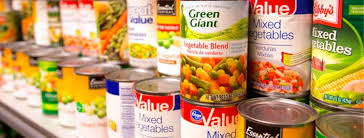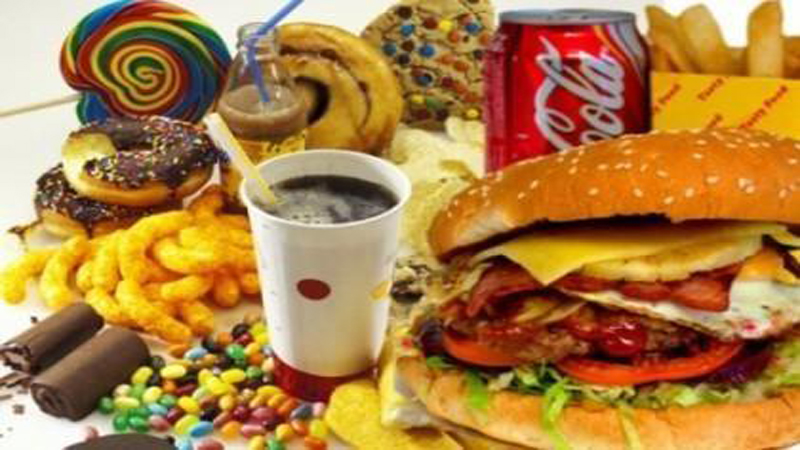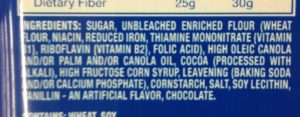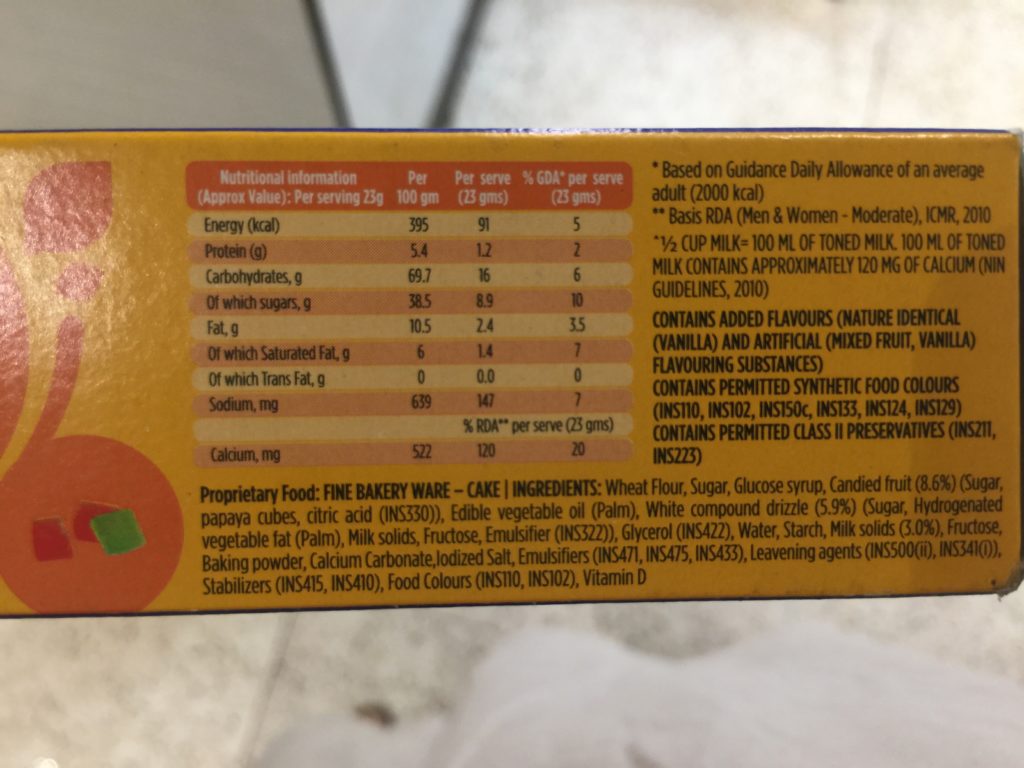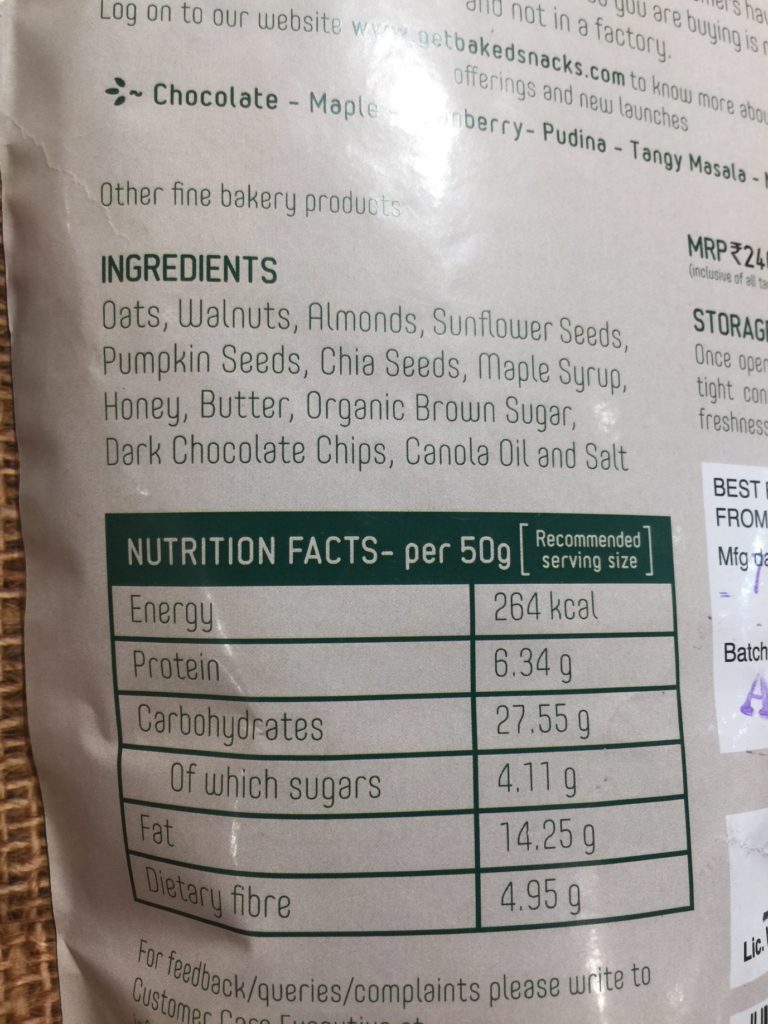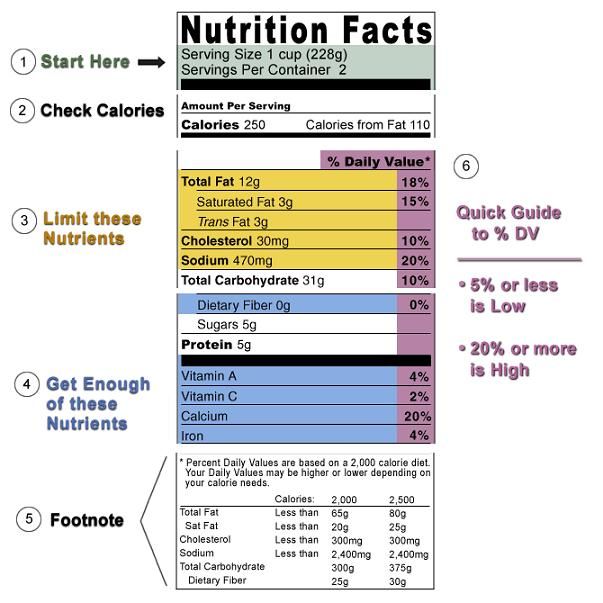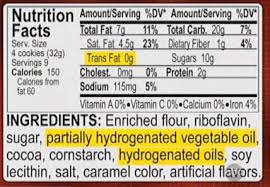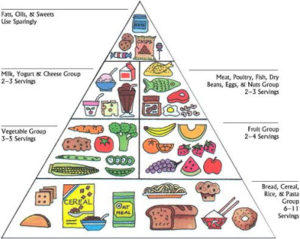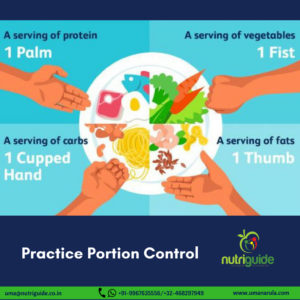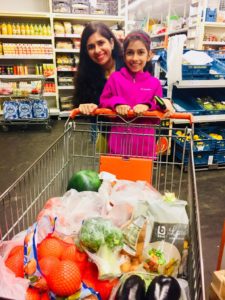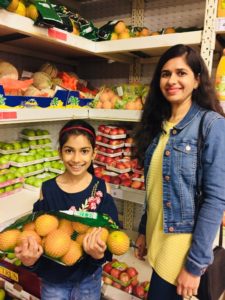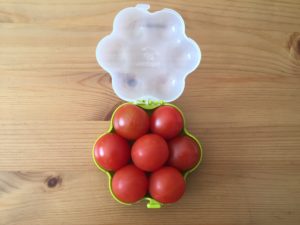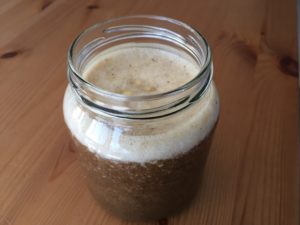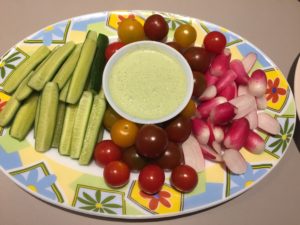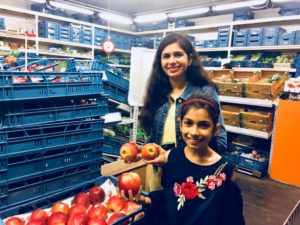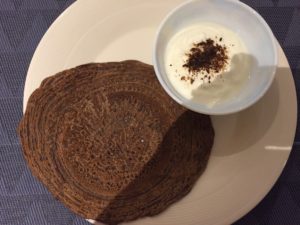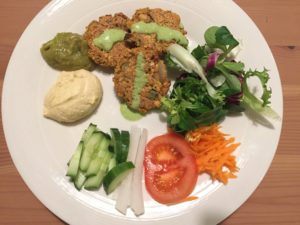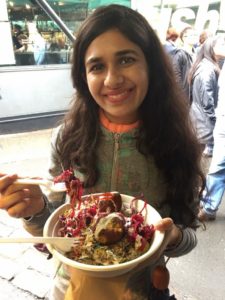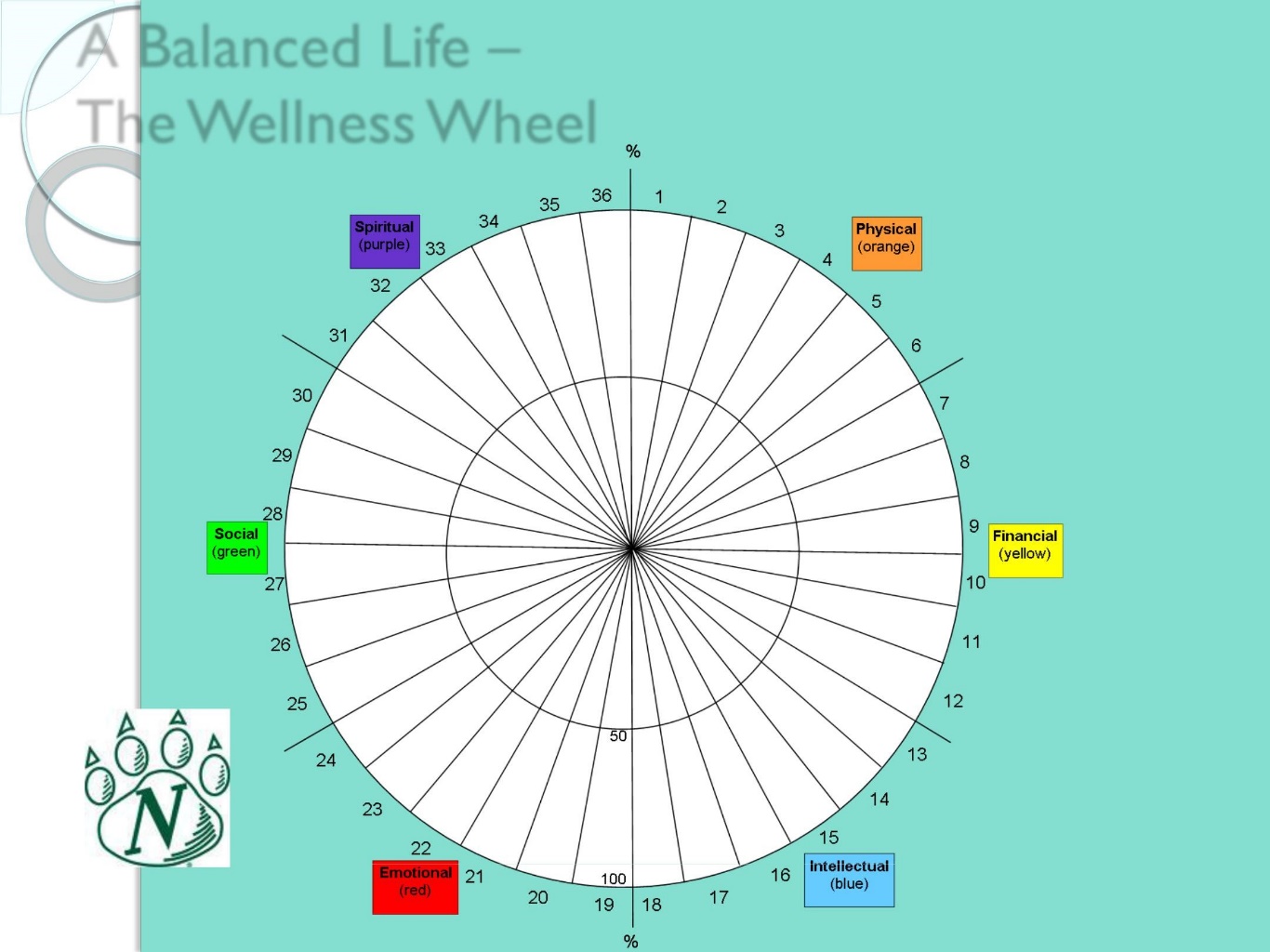
Do you feel there’s a plethora of information about what to eat or not?
#Keto#Paleo#Mediterranean#Detox -No idea who to believe and what really works?
Sick of trendy Nutrition Buzzwords?
Then this one is for you!
As avid readers of my blogs, I’m sure you’ve noticed that off late I’ve been slowly advocating to stay connected with your roots. Our Ancient food wisdom stands practical and perfectly complement modern day health. Let’s follow our roots to end all confusion. Starting with focus on vital principle of Ayurveda which is ‘nourishing your prana’.
Ayurveda teaches us that there is energy in everything. This energy, called prana, or vital life force, exists everywhere. Everything that we eat is food for our souls. Nutrition lies at the centre of our life-force (prana) – which brings us vitality and health. Thus, when you eat, you are not simply ‘filling the tank’, you are creating prana. You are creating vital energy, which will give you joy to carry with you throughout your day.
Therefore, the foods we choose to eat are of paramount importance. Food should never be referred to as just ‘calories’. Rather eating is a sacred act which energises your body and heals you from within.
How to Incorporate more ‘prana’ in your food:
Eat More Plants
The plant kingdom is a wonderful source of prana. Plants are fantastic “condensers” of the prana of the sun and the earth. The more plants you eat, the more prana you’re getting. It’s that simple.Try to consume green leafy veggies once/day.
Include Raw
Try and eat some plant-based food raw because it’s one of the best ways to retain a high level of prana. It can be in form of fruit smoothie, veggie juice or salad, the way you prefer.
Source Fresh Foods
Procure organic or home-grown foods as much as possible. Shop more from local farmer’s markets rather than supermarkets.
Eat Mindfully
Make Lunch your biggest meal. One of the most important concepts in Ayurveda is ‘Agni’ or digestive fire in the body. Maintaining this ‘fire’ is key to good health. The idea for having a sumptuous lunch is that the digestive fire, like the sun is at its strongest at this time of the day and is at its optimum to digest a large meal. The “Agni” slows down later being minimum at the dusk. Hence comes the recommendation for light dinner.
Follow nature
Eat seasonal foods in abundance. Seasonal produce is not only fresher and cheaper but also has lot more prana than its non seasonal counterparts.It hence supports body’s natural nutrition needs.
Eat whole foods
Whole and simply cooked foods are more sattvic than overly processed refined foods and fancy preparations. Go back to what our fore-fathers ate and move away from food in a bottle or packet. Yes doing away totally may not be possible in present day scenario. But planning and prioritising helps in cutting down such foods considerably. Limit non-vegetarian ,fried foods,processed Foods,artificial sweeteners,sodas,canned foods,white flour to once or twice per week.
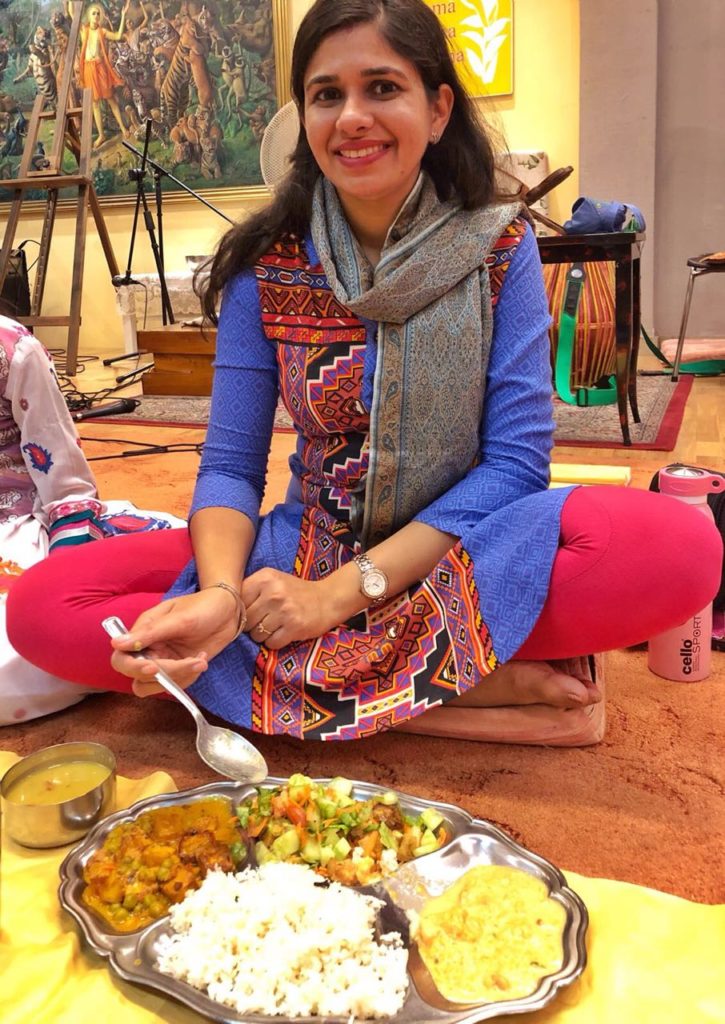
How can you help to purify and vitalize your energy?
The root cause of most diseases and conditions today stems from a weak digestive fire and a build-up of toxins throughout the body. Among the major causes of these toxins, improper food combining is at the top of the list.
Over time, poor food combining leads to gas formation, indigestion, fermentation, disturbed metabolism, and emotional imbalance, but eventually if prolonged this practice creates cellular confusion causing disorder and disease.
Why does this happen?
Firstly, different foods take varying times to digest.
Most foods generally take 4-6 hours for complete digestion. However, some foods such as fruit only take 30 minutes. Therefore, if fruit is taken with other foods, their normal 30-minute digestion time is now lengthened to several hours, as it mixes with the heavier food types.
The fruit stays in the stomach longer than it is supposed to which results in indigestion and fermentation occurring in the gut. This eventually weakens the overall digestion; causing gas, cramping and other unwanted symptoms.
Another reason is because each food type releases a different enzyme. Certain enzymes can be released together while others cannot. For example, each type of protein (i.e. red meat, chicken, fish, pork, eggs, dairy) needs a unique enzyme for proper digestion. Unfortunately, only one of these enzymes can be released at a time. So, if you are consuming multiple protein types in one sitting, the proper enzymes needed to complete the digestive process are not all available. This once again will lead to indigestion of food, which then leads to toxic build-up and eventually disorder and disease.
Avoid Improper Food Combinations
- Always eat fruit by itself
Eat fruit either 30 minutes prior to a meal, or at least 2 hours after a meal. That means fruit is not a healthy dessert option, nor is it a side dish. Mid-morning or evenings are good times to eat fruit.
- Only eat one protein per meal
Try not to combine different proteins in one meal as it makes it difficult to digest. For. Eg. Avoid prawn in starters if main course is chicken. Make sure that each meal contains only one protein type.
Chew your food properly-Chewing your food properly helps in better digestion of food. Your intestines are able to absorb more nutrients from same food if you chew it properly.Most importantly it helps to maintain portion control and hence weight. Better grind with teeth to eat without speed, greed or waste.
Eat at consistent times
Do you run your car without oil in its engine? No, Never! Remember your body too is like a well-oiled machine which runs the whole day. You must nurture this machine by giving it right fuel (nutrition) at consistent intervals. The body then sets its own rhythm and works at optimum levels. Lack of consistency in eating leads to bloating, acidity, constipation and lack of Energy. Regulate your digestion, balance your emotions and keep yourself energized by eating at consistent times.
7-9 am: Breakfast
12-2 pm: Lunch (remember this should be the largest meal of the day)
6-8 pm Dinner
Last but not the least cook with love and gratitude, giving attention to freshness and hygiene. You are not just a “consumer” of prana; you’re also a “producer” of it. We’re all part of the life force that gives our physical bodies energy. So try to make cooking a type of mindful meditation. Consume with gratitude and awareness – food is your life force. Give it respect.
If you can master these, you’ll notice remarkable changes in your everyday life. Higher energy, less sick days, and more happiness are just a few of the benefits of increased prana.
You do not have to make all these changes overnight; rather focus on one, get comfortable there and then add the others in, one at a time.
Good Luck!
For customised Nutrition Plans, visit www.umanrula.com.
Follow us on fb https://www.facebook.com/UmaNarulaNutriguide/ for regular tips on health,wellness,eat right and much more.
Uma Narula is an award winning practising Nutritionist since 10 years.If you have any queries regarding your health,weight loss and nutrition you can email at uma@nutriguide.co.in or call on +91 99676 35556 / +32 468 29 79 49.
